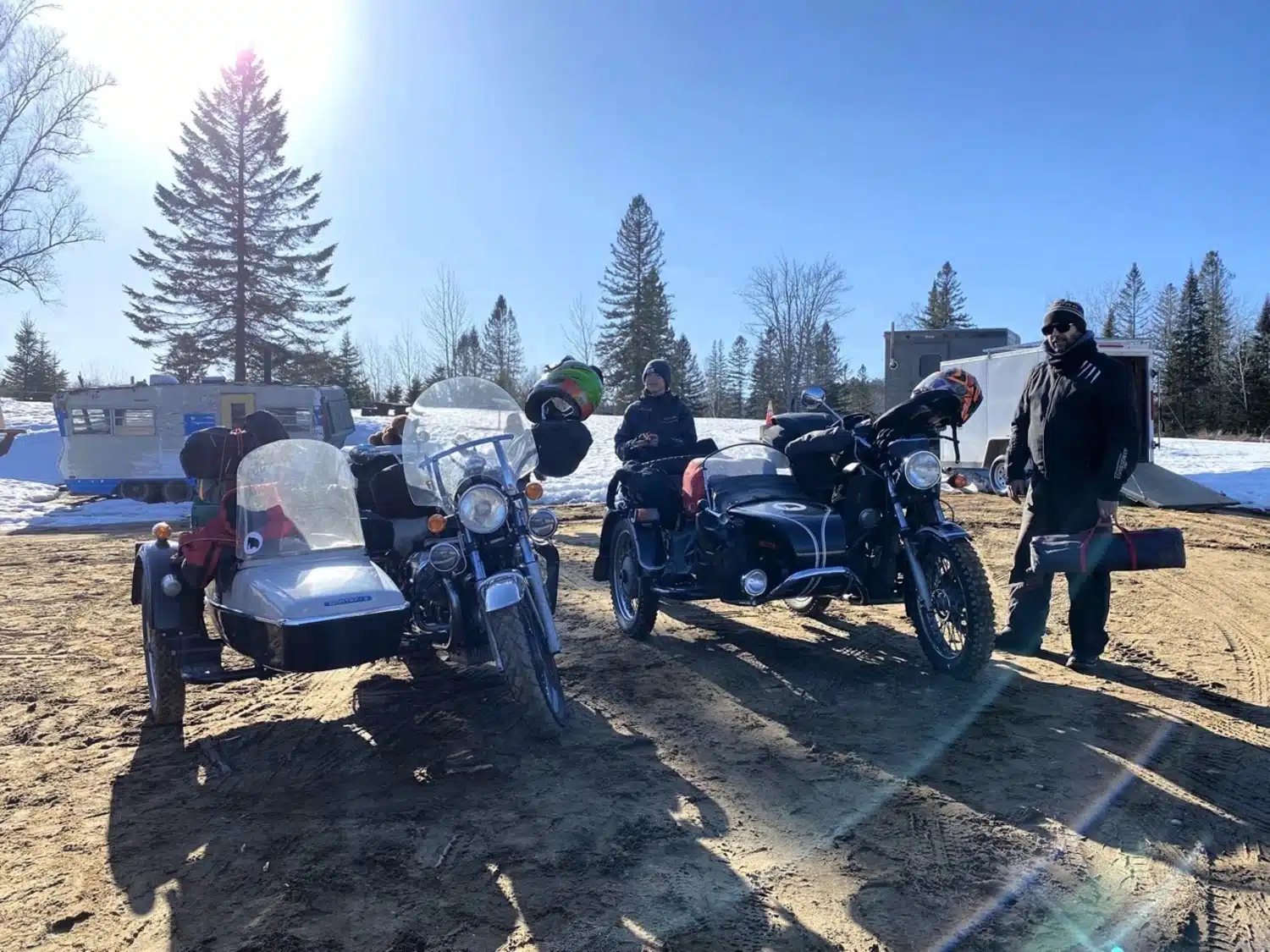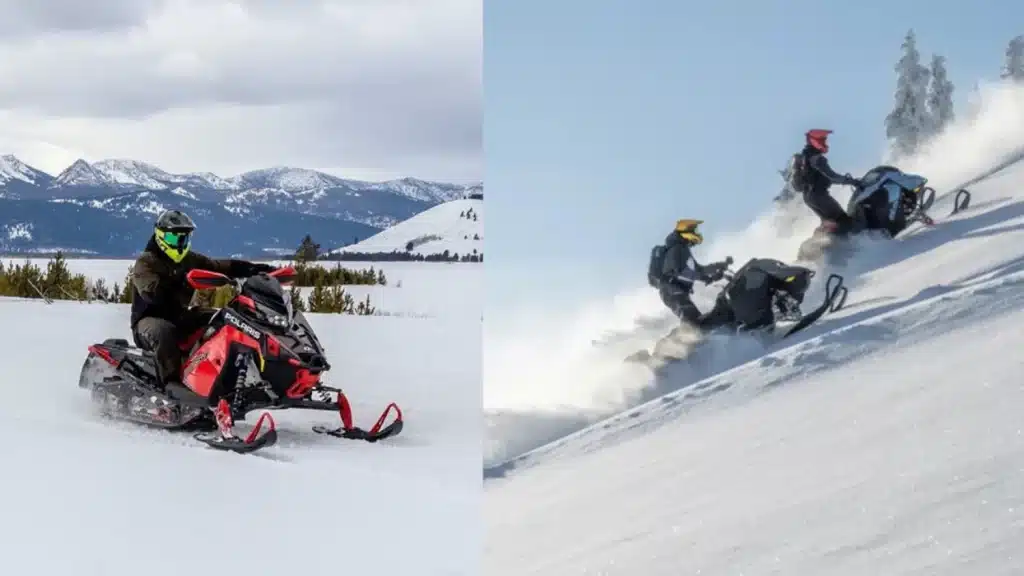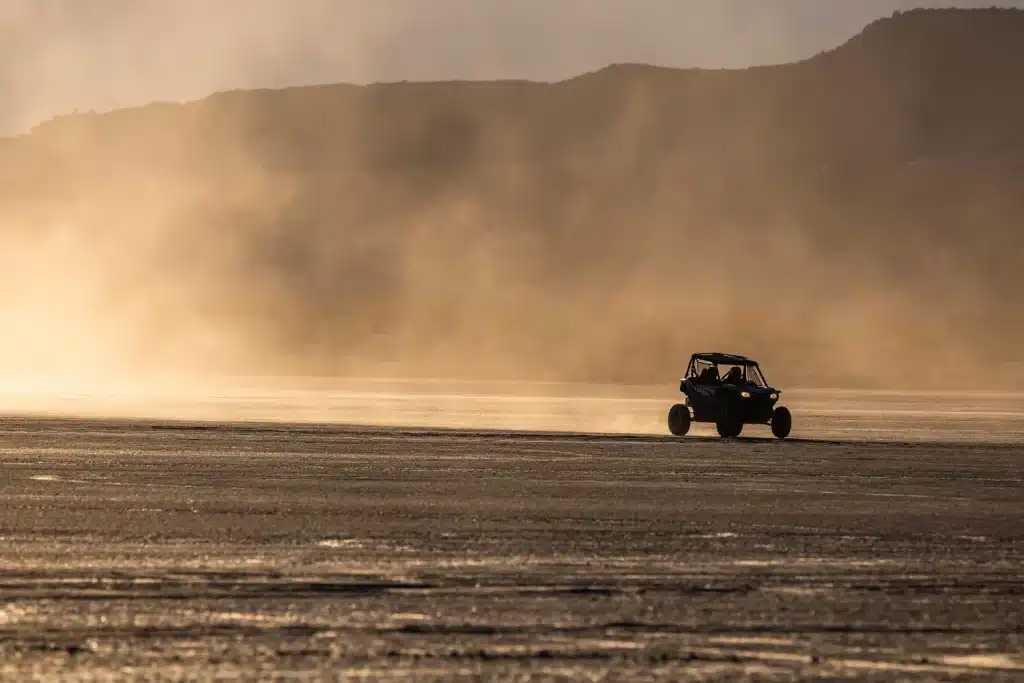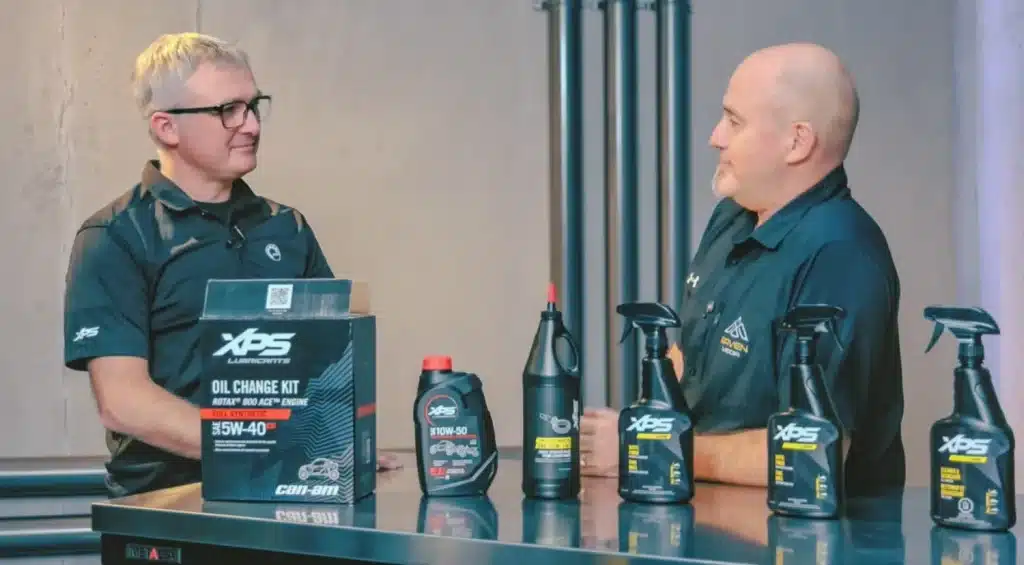The sidecar is a derivative of the motorcycle, with a nacelle and an extra wheel on the right. It was created for utilitarian reasons at the beginning of the last century. It was an economical way to get around at a time when cars were rare and expensive. The English had even created a woven osier model, which gave rise to the popular name “basket”. Like any little-known vehicle, it’s often disparaged by hard-core motorcyclists, even though it’s very endearing and original to ride. Forget stability, it’s a captivating ride that requires training. Every bend is an adventure, where the right amount of acceleration or braking requires the rider’s full attention. Find out more about this original and exciting vehicle, and discover the main differences with a Can-Am Spyder.
A ride like no other
Forget everything you know about motorcycles, the sidecar is different. The addition of this third wheel radically transforms the vehicle’s dynamics. Before stepping out onto the road, a low-speed practice session in an open area is recommended.
When riding in a straight line, you need a firm grip on the handlebars. Right-hand turns require special attention: the basket tends to lift. The solution is to maintain constant acceleration. The rear drive wheel pushes the sidecar to the ground, while braking may cause the basket to lift. When you’re used to it, this isn’t a serious problem. But sudden braking in a right-hand curve can send the vehicle to the left-hand side of the road.
Left-hand turns: the importance of control
Left-hand bends are the opposite of right-hand bends. The sidecar naturally follows the curve, without needing to accelerate.
Be careful not to brake too hard. The rear wheel could lift off the ground, with the risk of crashing the sidecar’s nose into the asphalt.
Once you’ve mastered the techniques, riding a sidecar is fun and exciting, like no other. It’s a unique experience, where every bend is a challenge.
Familiar, adventurous or sporty
Today’s sidecars fall into several categories. Some want to take their children along for the ride. They’ll prefer a family model with a large trunk for luggage.
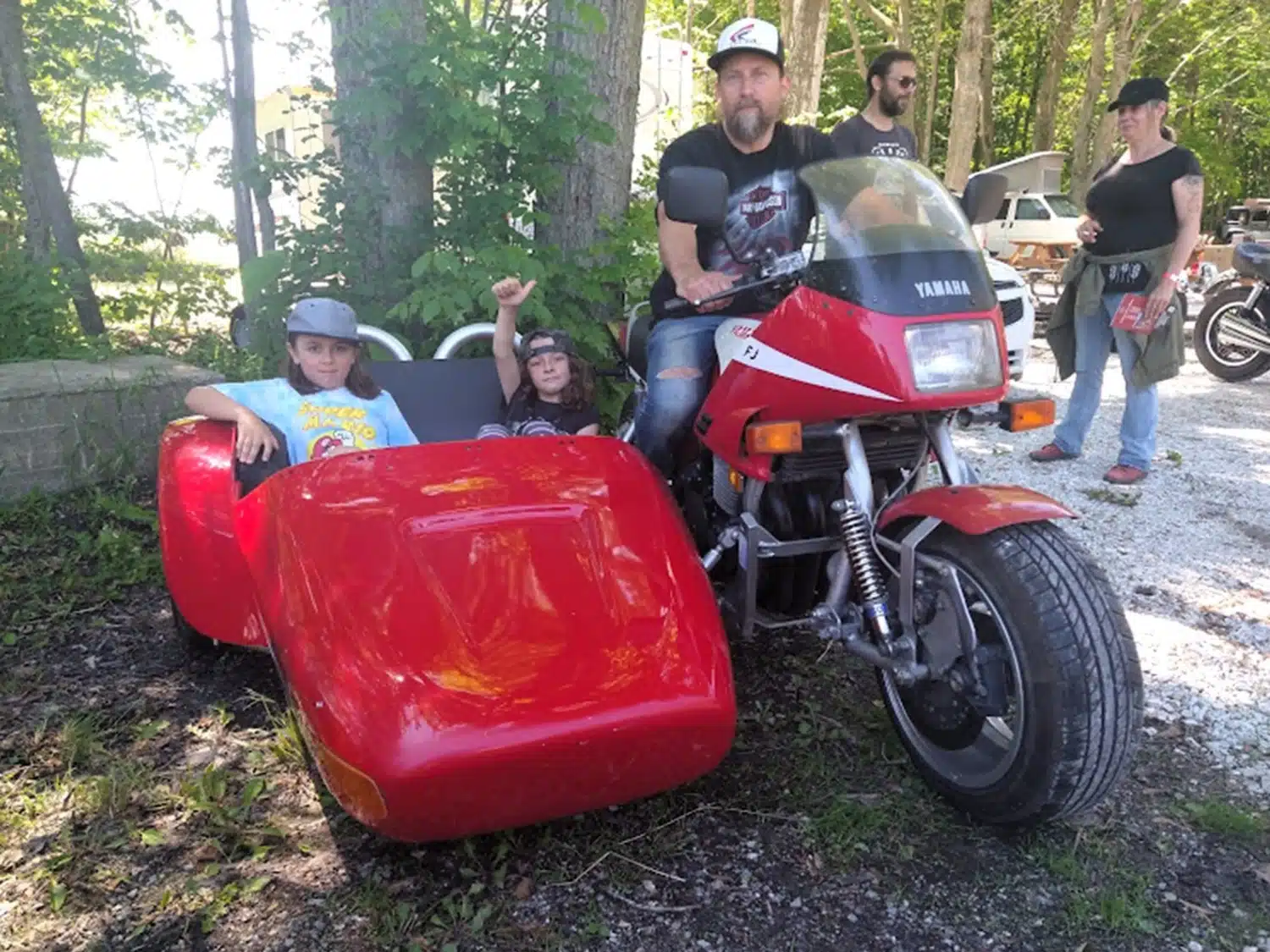
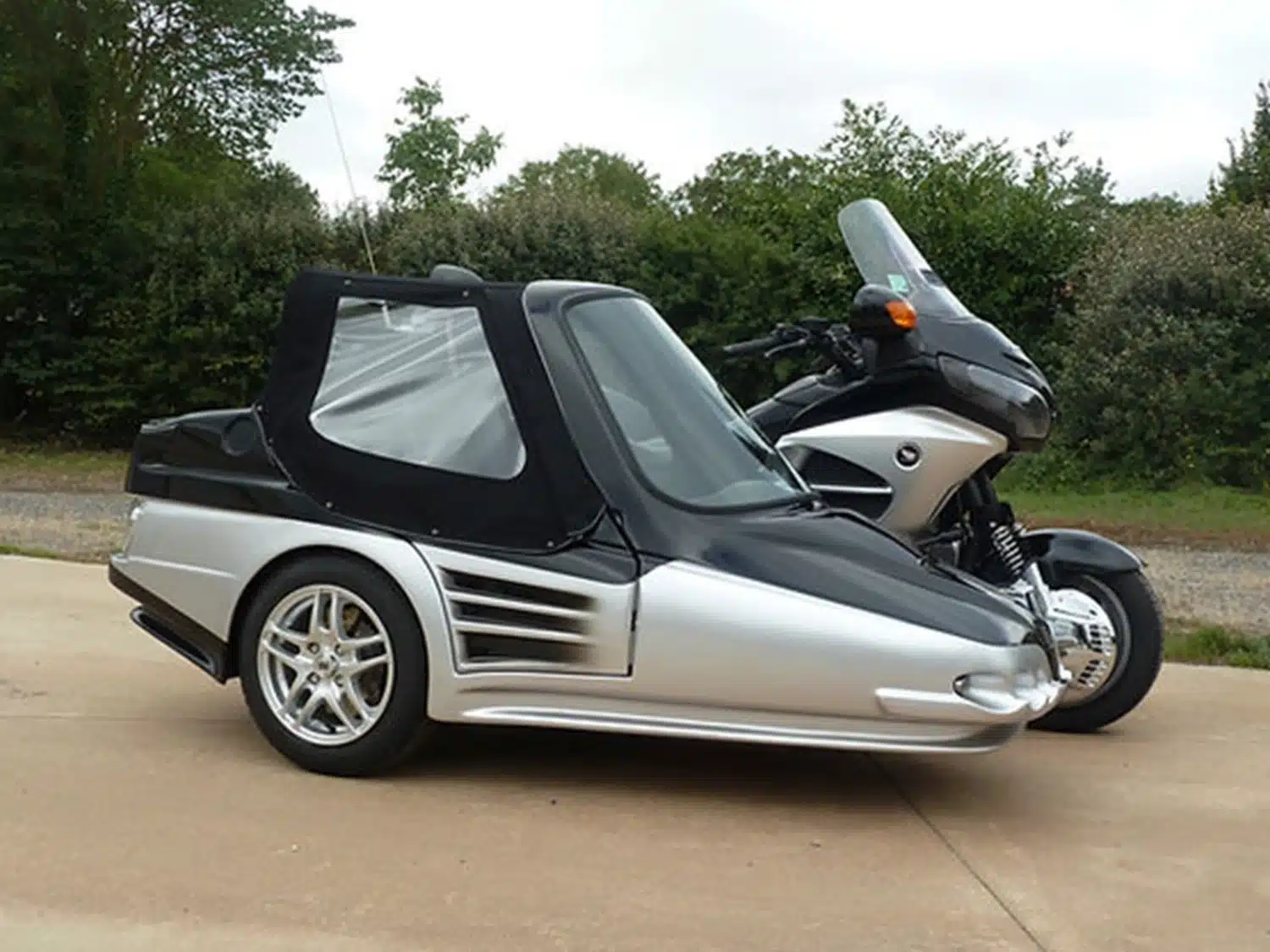
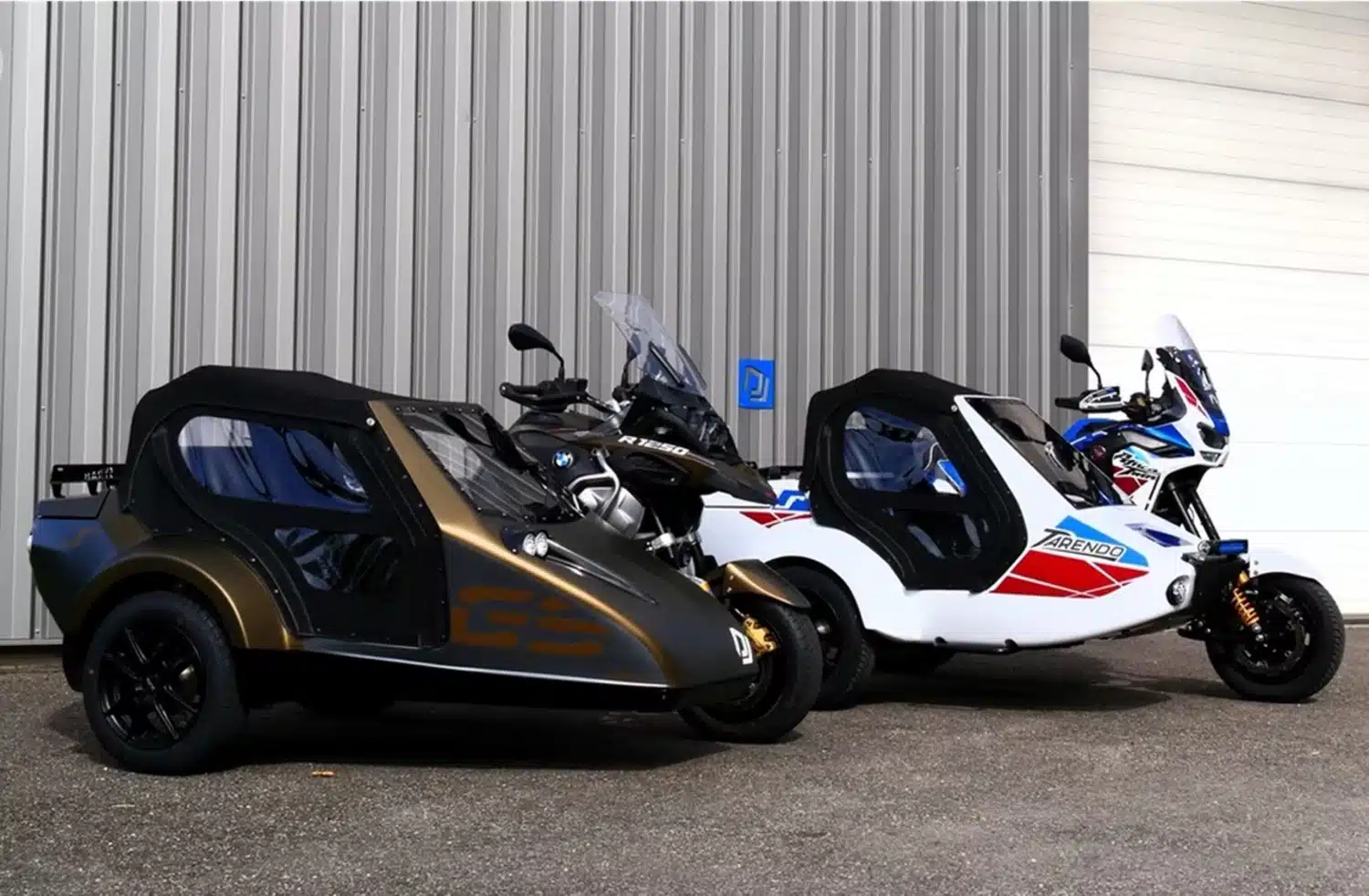
Other adventurers will want to travel the world on their adventure bikes. They’ll want a lightweight model with higher ground clearance to tackle all types of road.
Finally, sports enthusiasts will be looking for performance and speed. This concept, virtually unknown in Quebec, is more popular in Europe. In rally championships, three-wheelers have demonstrated that they can go as fast as motorcycles.

Laws and regulations
The sidecar, also known as a nacelle, is largely unregulated. In Quebec, for example, it is considered an accessory to a motorcycle, not a vehicle in its own right. The Quebec Highway Safety Code states that “ when a motorcycle is equipped with an adjacent body, the latter must be equipped with a red light at the rear, placed as close as possible to the right end of the body. ” On the other hand, the presence of a brake on the sidecar wheel is never required. A note has been added for transporting a child in a sidecar. It is forbidden to carry a child under 9 years of age or shorter than 145 cm (4 feet 9 inches).
Harley and Ural
Harley-Davidson began manufacturing sidecars in 1914, delivering them to the U.S. Army from 1918 onwards. The “nacelle” remained in the catalog for civilian use. In 1966, the body was made of fiberglass, until the sidecar was discontinued in 2011. It will be replaced by three-wheeled trikes. However, special models are still made for the secret service and can be used in presidential motorcades.

The URAL sidecar is quite popular. It’s a motorcycle and sidecar originally produced in Russia in the 1940s. The set was copied from the BMW R711 and its basket used during the Second World War by the Germans. It’s not very fast, but it gets around even on difficult terrain, with a reverse gear to boot.
The engine is a 749 cc, four-stroke, air-cooled, flat-twin with fuel injection, developing 41 hp at 5,500 rpm.
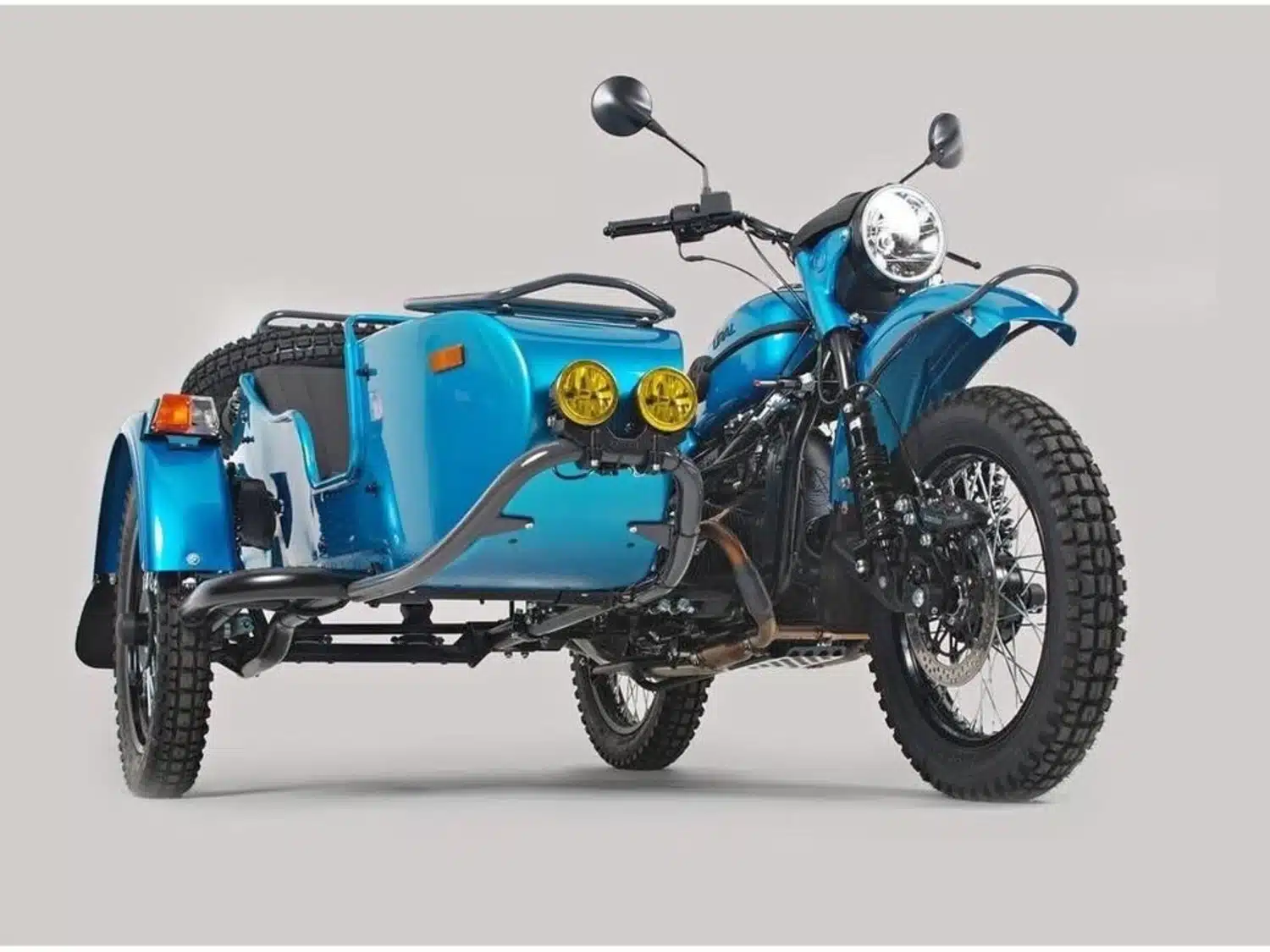
Recently, American entrepreneurs based in Redmond, Washington, bought Ural Motorcycles, which now manufactures in Kazakhstan. The Ural brand is still distributed by Goulet Moto in Sainte-Thérèse (QC).
Side-Car Québec Club and Mammouth
Sidecar enthusiasts can find each other on the Side-Car Québec Club Facebook page. Its administrator, Éric Boulianne, is a specialized craftsman who has been installing and adapting sidecars for many years. An expert in Ural, Dnepr and BMW, he’s even building his own all-metal models.
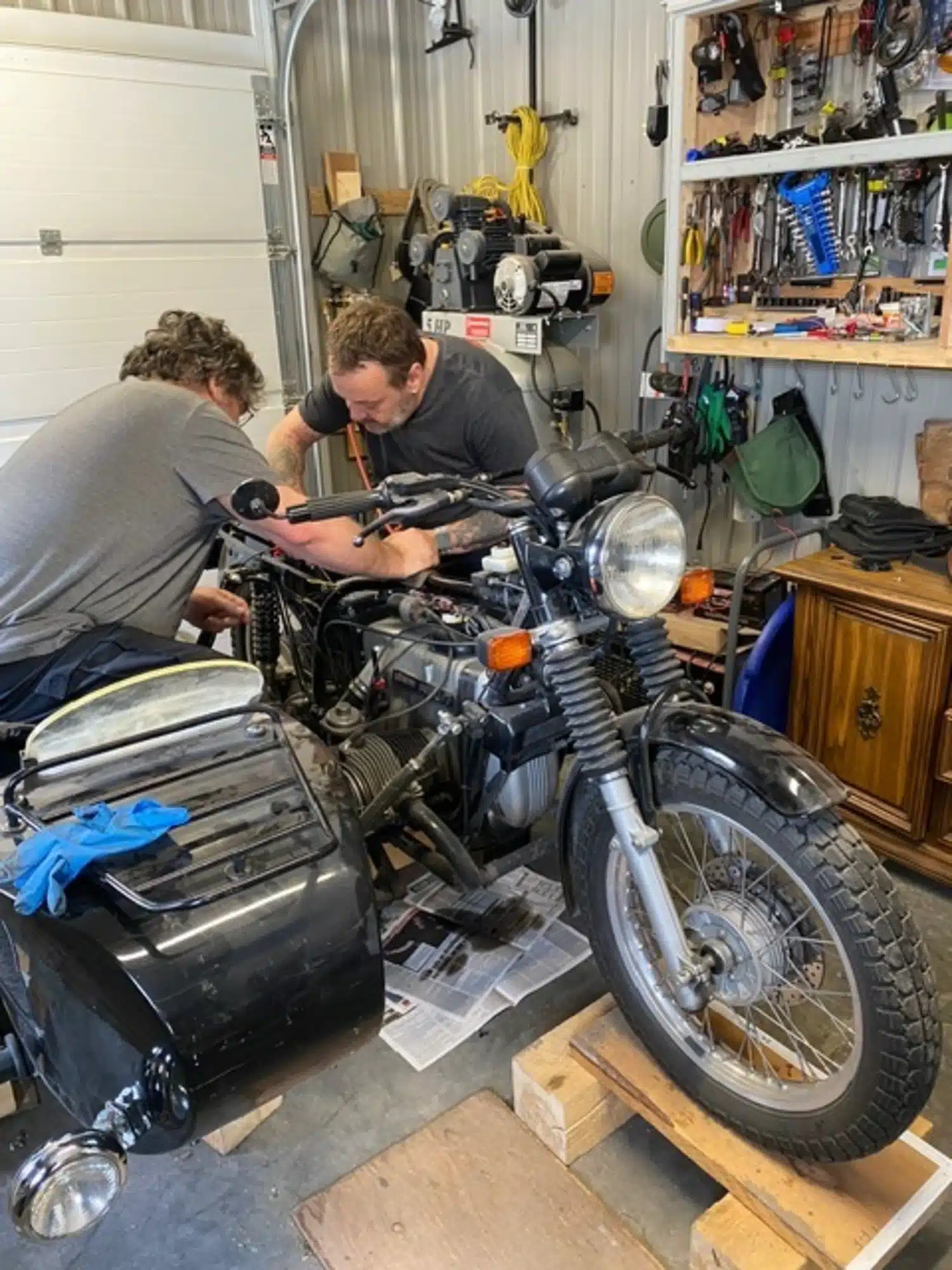
Some Quebec sidecarists have taken up the idea of a winter gathering like the famous Elephants in Europe. The Mammouth gathering takes place in Sainte-Véronique in mid-March, with an evening by the fire and a night in the tent, despite the cold.
Sidecar or Spyder: three wheels, two worlds
The sidecar and the Spyder both offer a three-wheeled riding experience, but they are diametrically opposed.
The sidecar consists of a motorcycle with a basket added on the right. Both wheels are on the same axis, with the third wheel on the side.
It has no electronic driving aids. It requires active piloting, sustained attention and mastery of the handlebars. It offers authentic, muscular riding sensations. It requires the same 6A driving license as the motorcycle.
The Spyder has two wheels at the front and one at the rear, an architecture similar to that of a Ski-Doo, another vehicle made by Quebec manufacturer BRP.
It is equipped with many aids (stability control, traction control, ABS, power steering). It corrects errors and prevents accidents, even if some may find it intrusive. It offers a more relaxed, stable ride than a sidecar. In Quebec, the 6E license required to drive a Spyder is obtained in just one day of theoretical and practical training.
In short, the Spyder satisfies those who want to rediscover the sensations of a motorcycle without the constraints of balance. For new riders, it’s easy to get a license and get on the road quickly.
The sidecar is aimed at motorcyclists who want to keep their motorcycle, enjoy authentic, virile riding and develop their riding skills.

